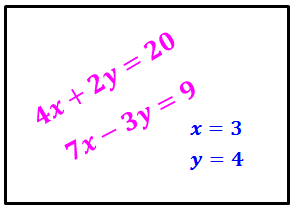Gosh it has been a long time! I have been at Markham College in Lima, Peru for 4 years now and am not sure where the time went. We have been online for three semesters now and I am astounded at all that I've learned about myself and teaching online in these past years. I felt like I was back in my first year teaching and learning everything from scratch. I listened to a podcast where Brene Brown was a guest and I remember appreciating that we were all waiting for the adults to show up and tell us how to do this, because it was all new to all of us. But here we are surviving and honestly, at times thriving with online teaching and learning. I say thriving with a lot of pride because even though I don't think I'm NAILING teaching at the moment, there are times where I can feel the flow in my virtual classroom. Students are engaging, participating and making me smile with their enthusiasm. They are learning and enjoying connecting with each other. This doesn't happen often, but when it does, I close my computer and do a few fist pumps because THIS is the feeling that we have in the classroom when things go right. My new goal for this semester is to try and bring more joy to my classroom. So here are a few way I've been having fun in the pandemic.
1) www.blooket.com - this is a type of Kahoot game but with a twist. We love the gold chest game, which means that everytime you get a question correct you earn gold, can steal gold or can swap with another player. This has my most reluctant mathematicians enthusiastically engaging with the questions as it's not the most able who wins like it is in Kahoot. Students will shout and scream and show lots of energy for this game. Blooket also provides some statistics so you can see how accurate everyone was in their answers.
2) Team Kahoot Challenge - this is a lot of fun and a great way to do some revision or plan an end of semester game. Students are put into breakout room in teams of 3 or 4. The teams must choose a runner and that person is responsible for moving between the breakout room and the main session where I will give them the next challenge. I will have preselecting a number of Kahoots and assign them rather than host a live game. The teams must use the same name for each round and I keep a spreadsheet with how teams are doing. The runner will continue to come to the main session, get a link and then return to their breakout room where they share screen and answer the questions as quickly and accurately as they can. Again, lots of fun and energy and the students love the challenge!
3) This is a new game I'm going to try this semester:
I'd love to hear from you if you have found other maths games to keep online learning fun and entertaining!






